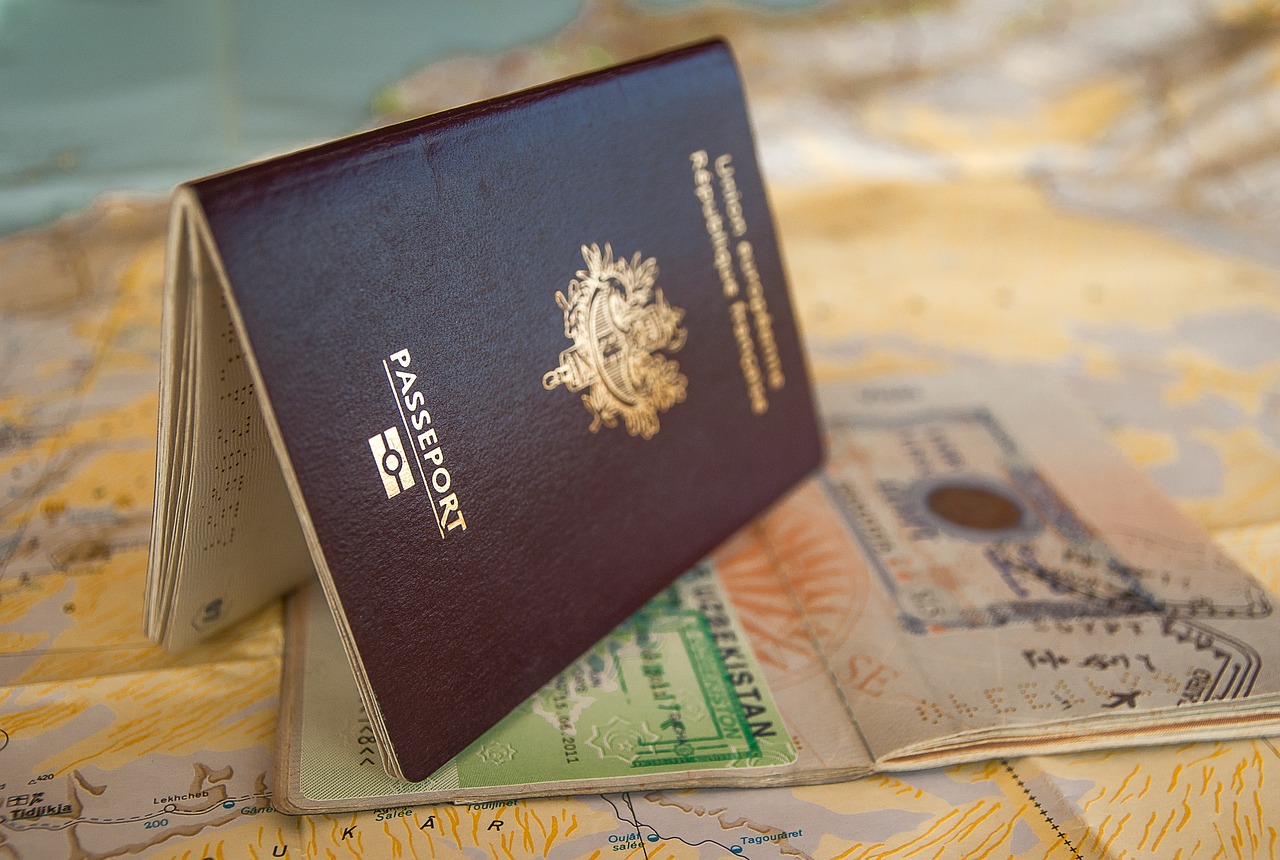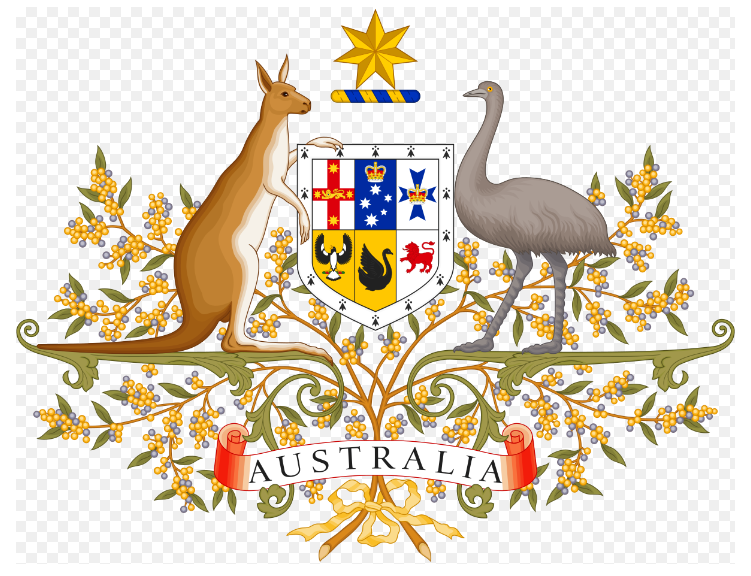Australia, with its stunning landscapes, vibrant culture, and robust economy, has long been a magnet for immigrants seeking new opportunities and a higher quality of life. Navigating the Australian immigration system, however, can be a daunting task, given its complexity and array of visa categories. Whether you’re looking to work, study, reunite with family, or simply experience the Aussie way of life, understanding the various visa options is essential. In this comprehensive guide, we’ll explore the diverse Australian visa categories to help you embark on your immigration journey with confidence.
1. Skilled Visas:
Australia’s skilled migration program is designed to attract individuals with high levels of skills and expertise to contribute to the country’s economy. The Subclass 189 Skilled Independent visa is a popular option for skilled workers who are not sponsored by an employer, state, or family member. This visa allows holders to live and work anywhere in Australia permanently.
For those sponsored by an employer, the Subclass 482 Temporary Skill Shortage visa and the Subclass 186 Employer Nomination Scheme visa offer pathways to work and eventually obtain permanent residency. Additionally, the Subclass 491 Skilled Work Regional (Provisional) visa encourages skilled migrants to live and work in regional areas of Australia, addressing skill shortages in these regions.
2. Family Visas:
Australia values family unity and offers various visa options for partners, children, parents, and other eligible relatives to join their loved ones in the country. The Partner visa category includes the Subclass 820/801 Partner visa for spouses or de facto partners of Australian citizens, permanent residents, or eligible New Zealand citizens. Similarly, the Parent visa category allows parents of Australian citizens, permanent residents, or eligible New Zealand citizens to live in Australia temporarily or permanently.
3. Student Visas:
Australia is home to world-class educational institutions, attracting students from around the globe. The Subclass 500 Student visa enables international students to study full-time at registered Australian schools, colleges, and universities. This visa also allows for limited work rights to support living expenses while studying.
4. Visitor Visas:
Whether you’re visiting family, exploring tourist attractions, or attending business meetings, the Visitor visa category provides options for temporary stays in Australia. The Subclass 600 Visitor visa allows for tourism, business activities, and visiting family and friends. For longer stays, the Subclass 651 eVisitor visa and the Subclass 601 Electronic Travel Authority (ETA) visa are available for eligible passport holders.
5. Humanitarian Visas:
Australia is committed to providing protection to refugees and humanitarian entrants fleeing persecution, conflict, or natural disasters. The Subclass 866 Protection visa is for individuals who are in Australia and fear persecution in their home country. Additionally, the Subclass 204 Woman at Risk visa and the Subclass 202 Global Special Humanitarian visa offer protection to women and individuals facing significant harm in their home countries.
6. Business and Investment Visas:
For entrepreneurs, investors, and business owners looking to establish or expand their ventures in Australia, the Business Innovation and Investment visa category offers several options. The Subclass 188 Business Innovation and Investment (Provisional) visa allows for temporary residency with pathways to permanent residency based on business or investment activities. The Subclass 132 Business Talent visa is for high-caliber business owners who are nominated by a state or territory government.
In conclusion, Australia’s visa system caters to a diverse range of individuals with different goals and aspirations. Whether you’re a skilled professional seeking career opportunities, a student pursuing education excellence, or a family member reuniting with loved ones, there’s a visa pathway for you. By understanding the various visa categories and requirements, you can navigate the Australian immigration landscape with confidence and embark on a fulfilling journey in the Land Down Under.





